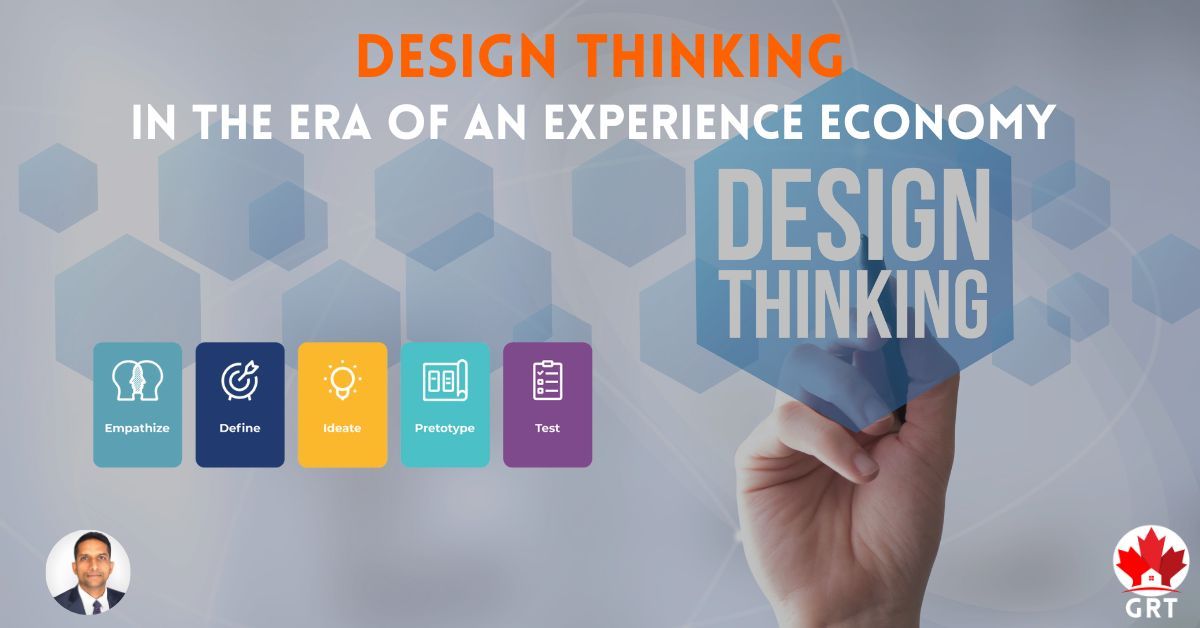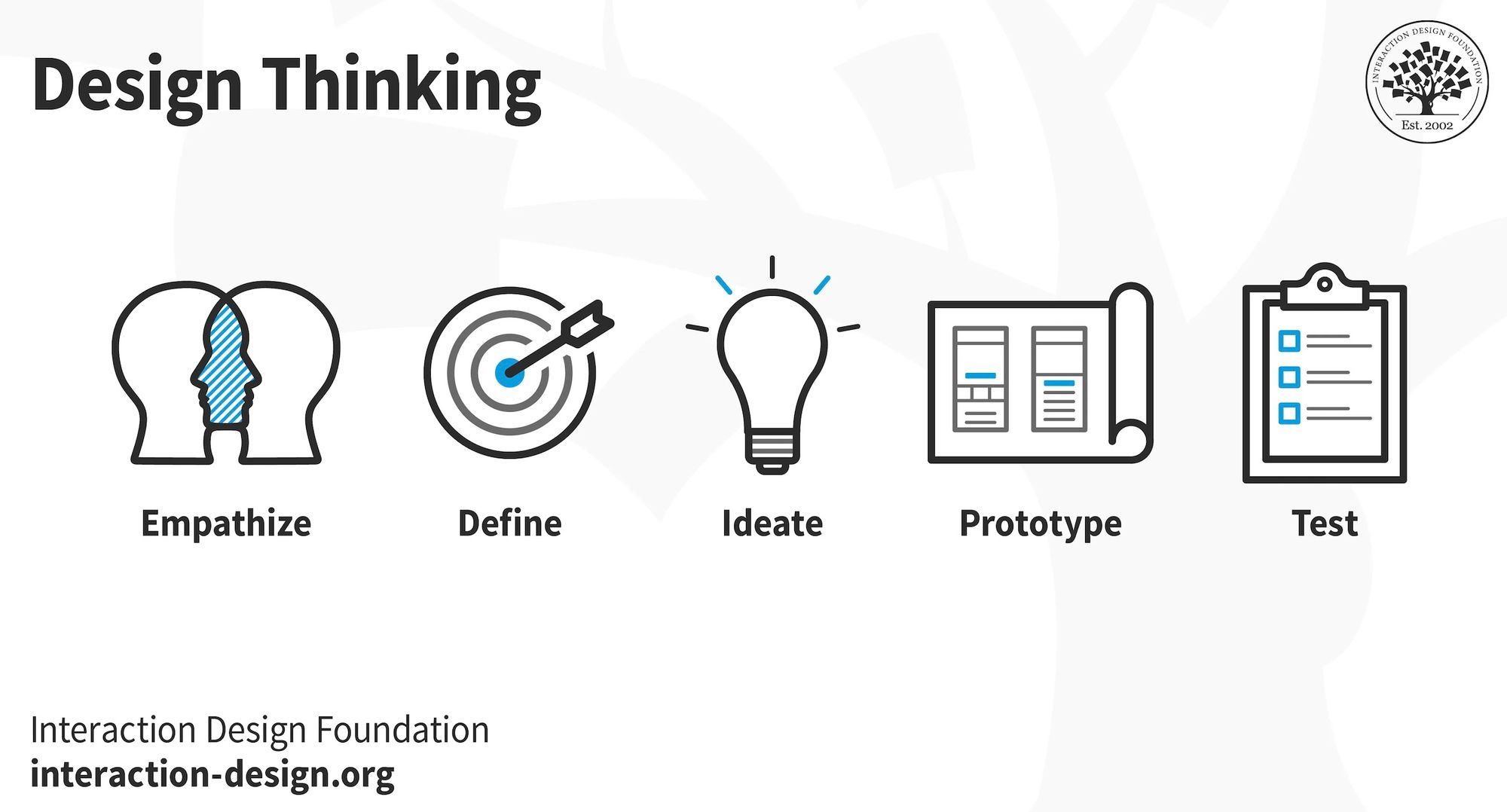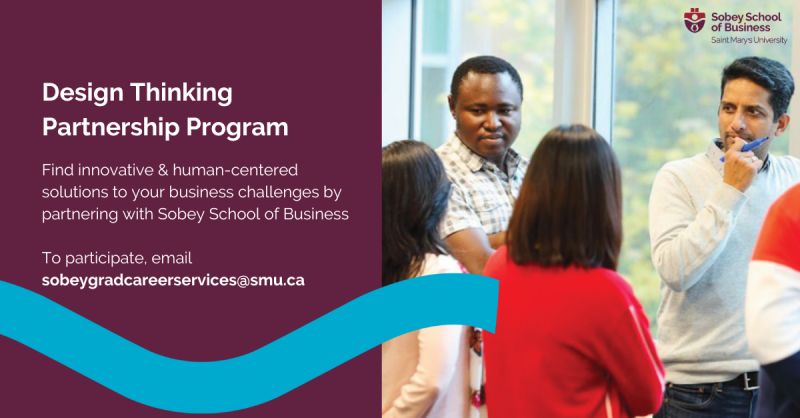
Design Thinking is a philosophy, mindset, and a set of tools to tackle business challenges through innovation.
We are now in the experience economy era, we are no longer limited to creating products and solutions - customers are now seeking an experience that is beyond the one-time purchase of a product.
With the growing influence of new technological innovations and an increasingly digitally driven experience economy, it is important that we take the human-centered approach to tackle the problems faced by the customers.
Design Thinking is a methodology that helps us look at the innovation challenges from the customer’s point of view. Design Thinking allows us to take an integrative approach to customer challenges by keeping their needs and wants - at the heart of a product or solution.
Design Thinking involves the following cycle of steps:
- Empathize
- Define
- Ideate
- Prototype
- Test

Empathize: The first step in the Design Thinking process is - Empathise. Under this, we first need to understand the customer's needs and wants. We do this by gathering information about who we are making the solution for. Who they are and what are their challenges?
Some of the steps that can be considered for this process are conducting interviews and creating user personas. Empathy is the most critical element of the human-centered design thinking process - wherein we put aside our assumptions and gain real insight into users and their needs.
Define: The second step is Define and it involves us taking all the information that was gathered in the first step (Empathise), analyzing and synthesizing it in a way that gives us a closer insight into the customers. Through this step, we will be able to understand the customer's needs, their challenges and also understand - what is the root cause of their problem. Once we understand the challenge - we will then define the challenge.
Ideate: Step number 3 is - Ideate. As part of this step, we will challenge the assumptions and come up with ideas and solutions - which are aimed at matching the customer's needs and wants. By thoroughly understanding the customer’s requirements - we will then be able to create solutions that are desirable, feasible, and viable.
Prototype: As part of the fourth step, we will create scaled-down versions of the product to investigate the ideas. For this, we will have to look at all the ideas - and ruthlessly prioritize the ideas that are most suitable and ideal for the customer’s needs. We will be turning ideas into testable prototypes - which can we use to test with the customers.
Test: As part of the final step, we will try the developed solutions with the real people - who will be using our solutions. By seeking feedback and closely understanding their responses - we can then look for ways to improvise the overall customer experience.
Based on what we learned - we go back to earlier steps that is understanding the need and going further down in the process till we find an ideal solution that is best suited for the customer.
As part of my Design Thinking coursework at Saint Mary’s University, I was actively involved in implementing design thinking ideology to solve real-world business challenges. It was one of my favorite subjects (taught by Dr. Claudia De Fuentes) during my time at the Sobey School of Business.

I see that the team at Saint Mary’s University is now inviting businesses across Canada to make use of the Design Thinking Partnership Program - and they are accepting applications till September 20, 2022.
I would highly recommend this program to businesses for solving their business challenges by tapping into the amazing pool of talented business students and academicians.
I am a product management professional based in Halifax, Canada and I write about technology, innovation, entrepreneurship, and business strategy. You can learn more about me at the following link: www.iamgrt.com

